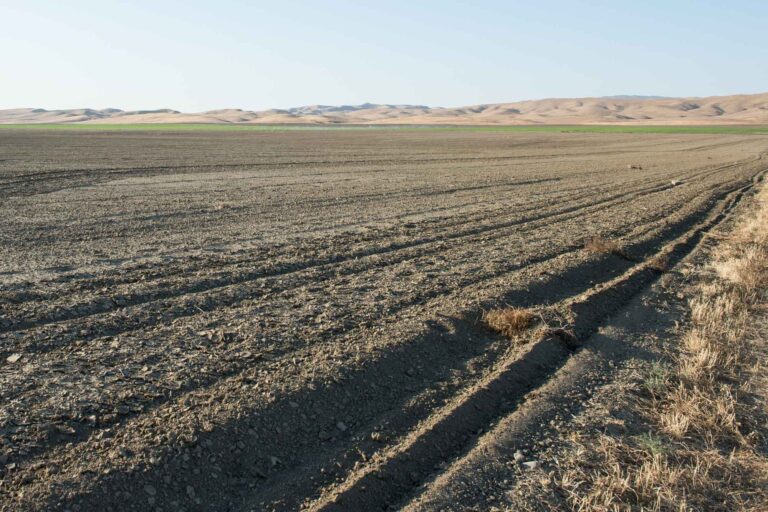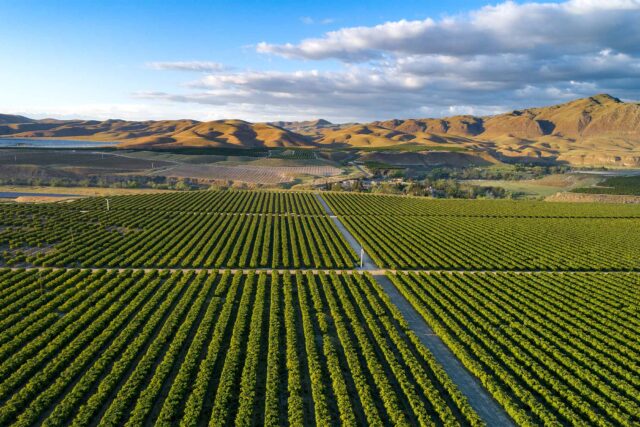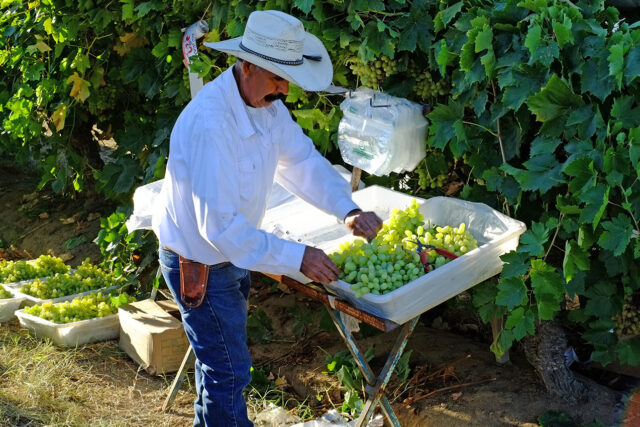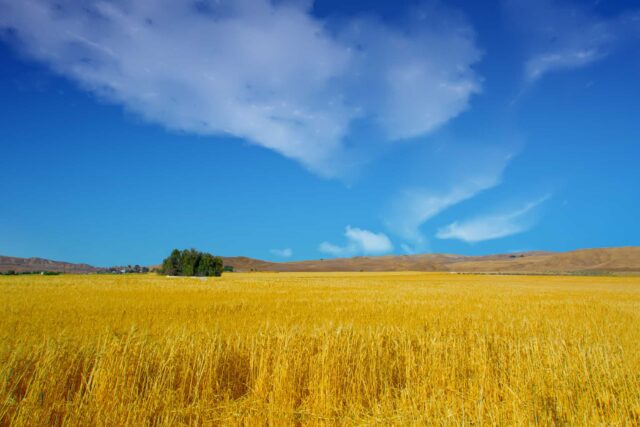This commentary was published in the Fresno Bee on February 10, 2023.
The San Joaquin Valley’s groundwater is dangerously depleted—a problem that’s grown worse as surface water deliveries have fallen in recent years. The consequences of groundwater overdraft are costly—and growing—for the valley’s farms and communities: wells are drying up and land, bridges, and canals are sinking.
In 2014, the legislature passed the Sustainable Groundwater Management Act (SGMA) to address these issues. Yet while agriculture’s irrigated footprint will have to shrink under SGMA, we found that a few key actions could defray some costs and help the valley adjust.
SGMA is necessary to secure the long-term health of valley communities and agriculture—but in the short term, it will entail costs of its own. Our 2019 research showed that balancing the valley’s groundwater basins will necessitate significant fallowing. In our newest study, we take a much more detailed look at local water conditions and the potential impacts of this transition.
Our analysis can help valley growers and other stakeholders identify lands at greatest risk, and plan for the best approaches to manage the coming changes.
We found that annual water supplies could decline by 20% by 2040—largely because of SGMA, though climate change and increased environmental regulations will also play a role. In the worst-case scenario, getting to sustainability will require idling nearly 900,000 acres, or about one-fifth of currently irrigated lands.
Some areas—particularly those with more depleted groundwater basins and less access to surface supplies—will generally face a much higher risk of fallowing. And while the drier southern part of the valley is especially vulnerable, new data is showing that many areas in the northern valley are vulnerable as well, including significant parts of Madera, Chowchilla, and Turlock basins. Unless they get more water, more than half of the cropland in these areas could go out of production.
In a region where agriculture accounts for 14% of GDP and 17% of employment, these numbers are significant. Yet while agriculture’s irrigated footprint will have to shrink under SGMA, we found that a few key actions could defray some costs and help the valley adjust: promoting water trading, developing new water supplies, and making plans to manage lands that will come out of production.
Water trading involves sharing surface and groundwater within basins, and even moving some surface water across basins to support the most productive lands. Though water trading doesn’t reduce fallowing, it can make the transition much less costly by moving available water to where it’s most needed: trading could reduce GDP and job losses up to 60%. But regulations and infrastructure may need updating to realize water trading’s full potential. And transparent, responsible trading is key.
Developing new water supplies (through groundwater recharge and other means) can also help—even though it can’t fully fill the gap. Pressures on the region’s water supply are growing: five years ago, we found that roughly half a million acres would go out of production if the valley augmented annual supplies by about half a million acre-feet. Our new analysis shows that keeping fallowing to that level now would require roughly twice as much new water. Needless to say, this would be a very heavy lift.
Aside from economic losses, fallowing this much acreage could also have serious consequences for the valley’s air quality and pest management. We and our colleagues are working hard to look at the best ways to manage this transition, whether by minimizing dust or pursuing alternate land uses like habitat, solar, or water-limited cropping—uses that could bring multiple benefits.
Even with less water, agriculture in the San Joaquin Valley can thrive—albeit with a smaller footprint. The region’s farmers have a history of boosting productivity through innovation, which could further soften the tough adjustments they now face. Our results also show that with flexible water trading, smart supply investments, and ongoing increases in productivity, the valley could still see growth in agricultural revenues and jobs. It’s a question of being creative and working together to realize a future with the least harm to growers, workers, communities, and downstream industries.






